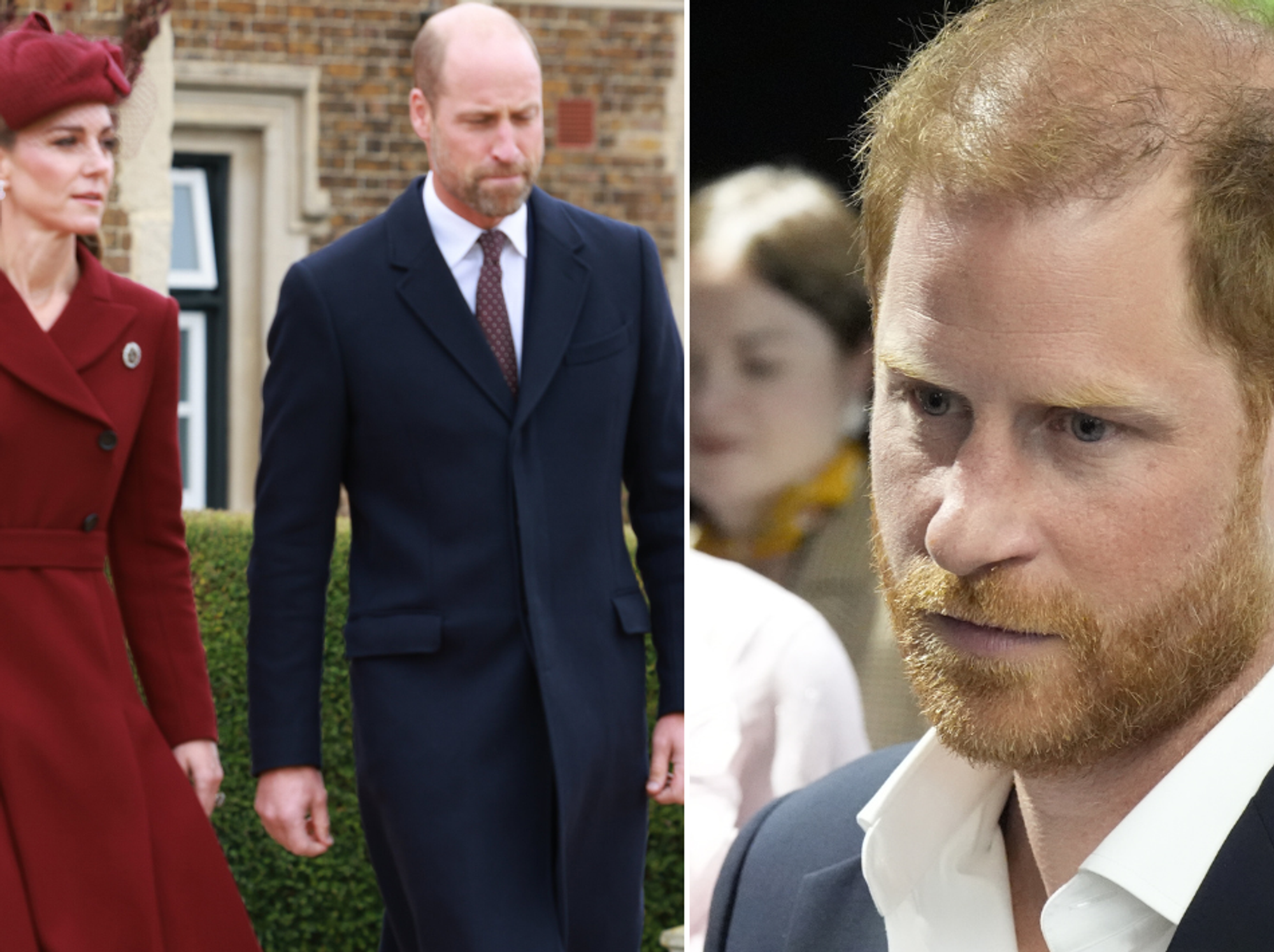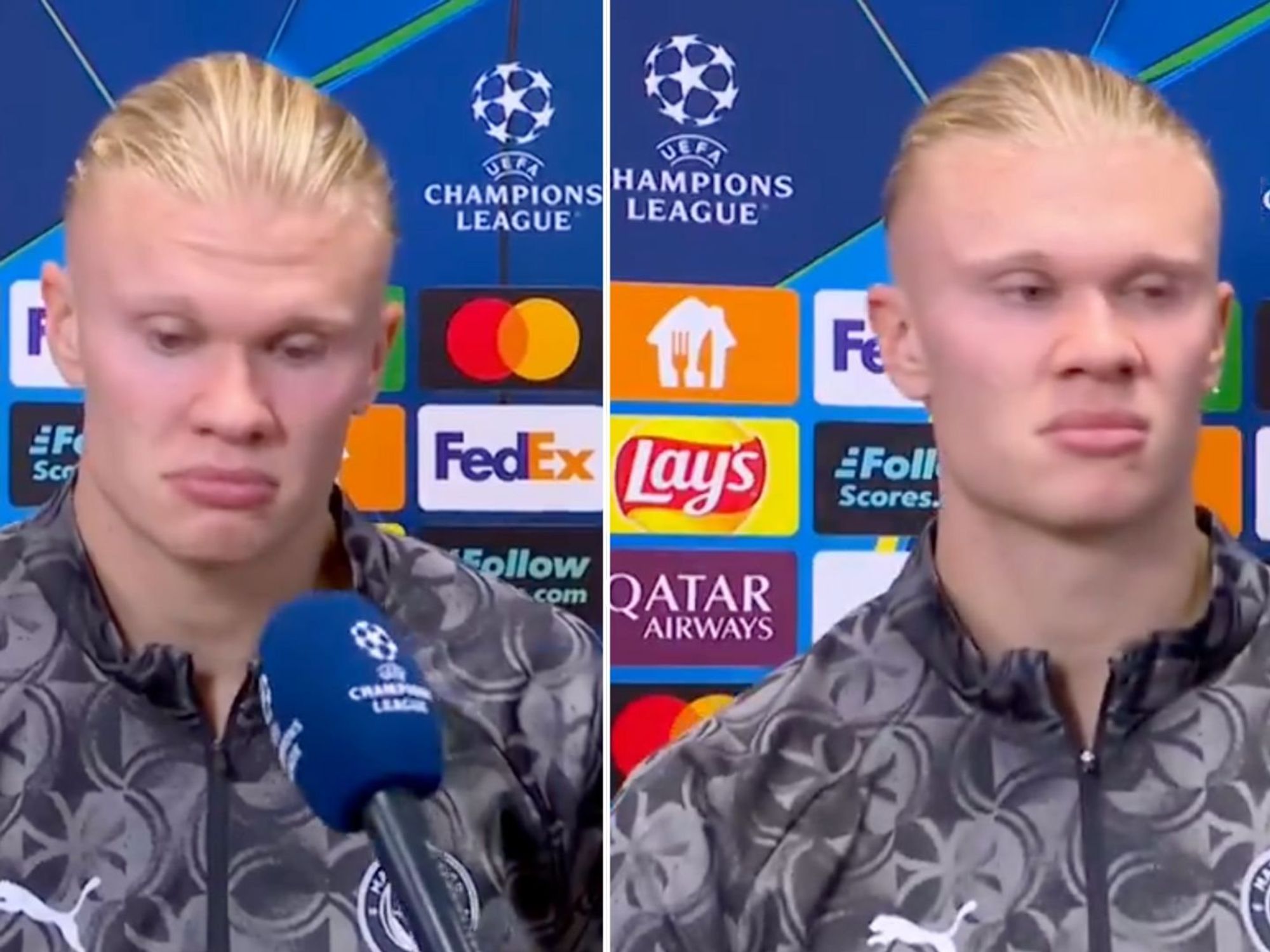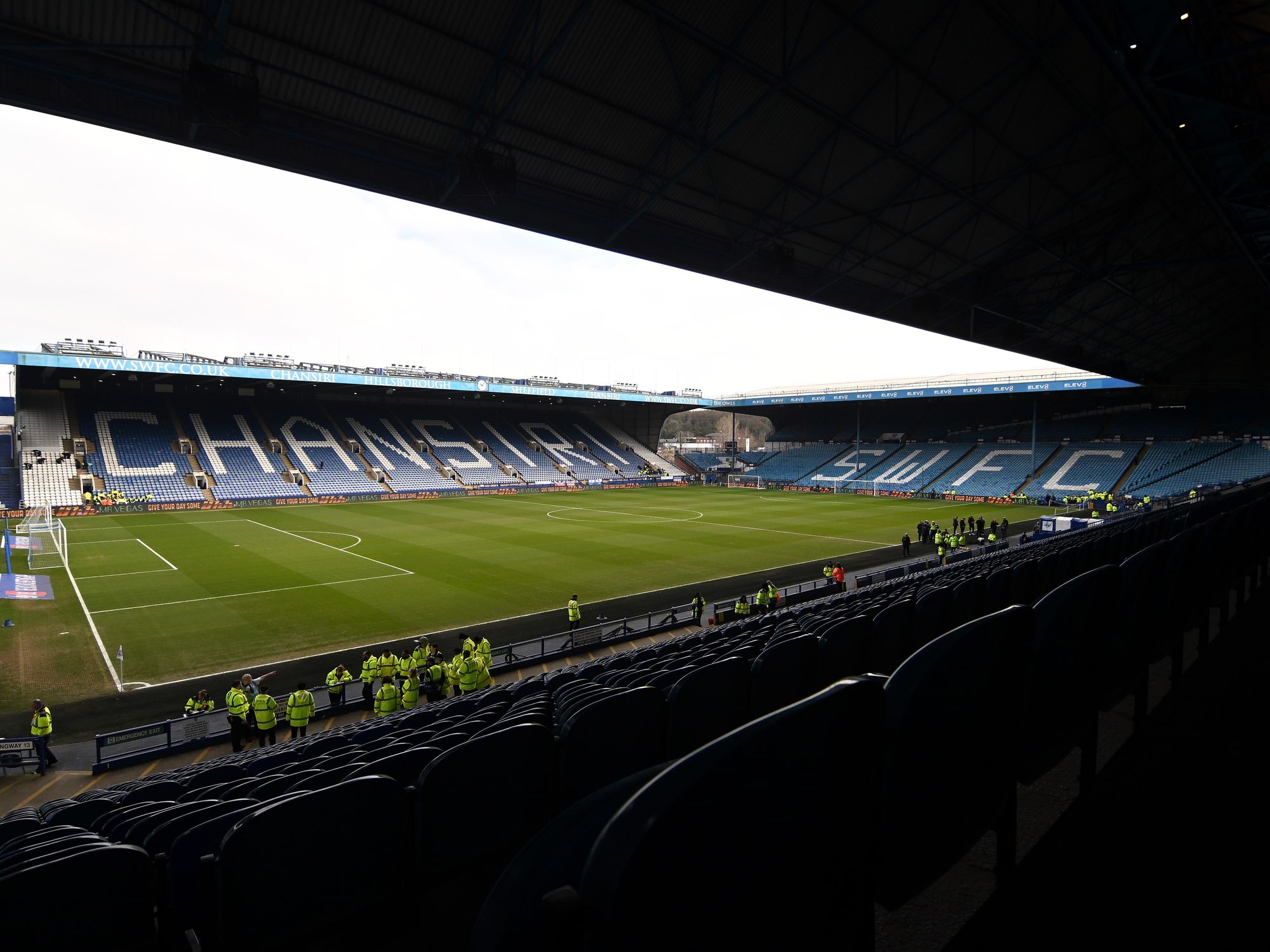Interest rates: New one year bonds offer 'unusual' rate in huge bonus for savers

Looming base rate hike set to reverberate around the bond market
|Pixabay
Markets forecast for Bank of England to increase base rate higher than previously anticipated has caused one-year fixed-rate savings yields to appreciate to up to 4.7 per cent
Don't Miss
Most Read
As markets predict the Bank of England will increase the base rate further to tame stubborn inflation, the interest paid by the best new one-year bond has eclipsed that of the best paying five-year bond.
Today, Close Brothers and Shawbrook Bank have boosted their one-year offerings to 4.7 per cent.
It follows the lead of SmartSave Bank, who yesterday raised their one-year bond interest to 4.66 per cent.
These figures overtake the best five-year bond rate currently on the market, which is offered at 4.65 per cent by Atom Bank.
Interest on the average one-year bond now pays 3.9 per cent according to Moneyfacts, which is the highest level since December 2008 and up from 1.08 per cent this time last year.
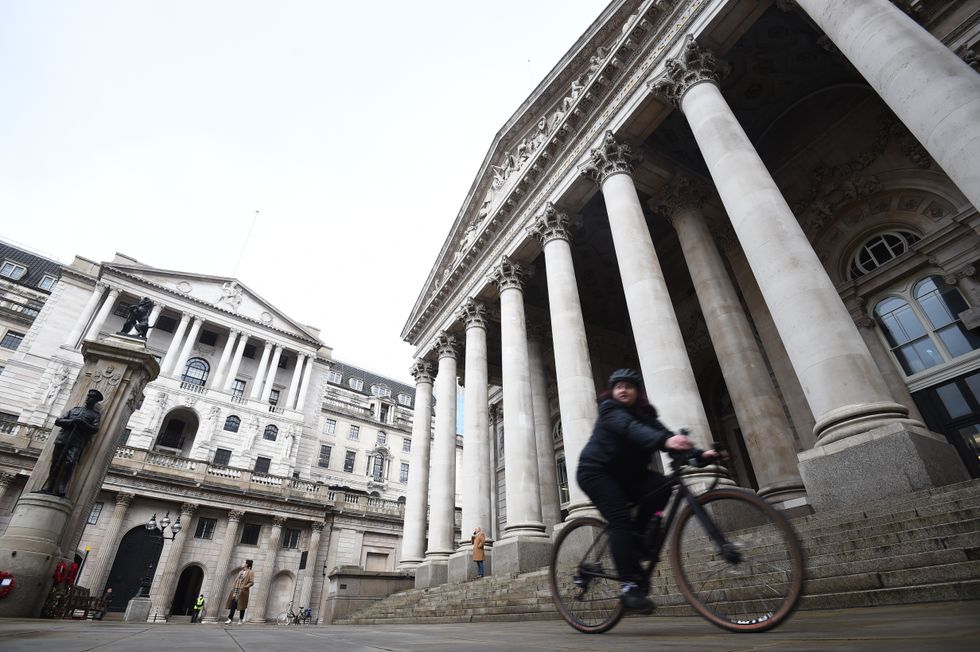
The Bank of England's is expected to hike interest rates next month
| PAThese short term fixed-rate savings are surging on the back of the Bank of England’s expected hike of the base rate, currently at 4.25 per cent, as markets readjust their expectation of where the base rate will peak.
Inflation fell less than expected last month to 10.1 per cent, which has increased speculation that the Bank of England will increase the base rate from 4.25 per cent to 4.5 per cent next month, followed by a further rise to 4.75% in summer.
Anna Bowes, co-founder of savings website, Savings Champion, said: “Short-term bonds are increasing again and competition is rife.
“Markets are predicting the Bank of England might need to increase interest rates to a higher level than previously thought, as inflation is proving to be more stubborn than expected.”
Bond prices are inversely correlated with the interest rates, meaning that when interest rates go up, bond prices go down.
When interest rates are rising, new bonds will pay investors higher interest rates than old ones, so old bonds tend to drop in price.
As a general rule of thumb, for every 1 per cent increase or decrease in interest rates, a bond’s price will change approximately 1 per cent in the opposite direction for every year of duration.
Where markets predict that the base rate is set to peak soon, appetite has been sapped for five-year fixes.
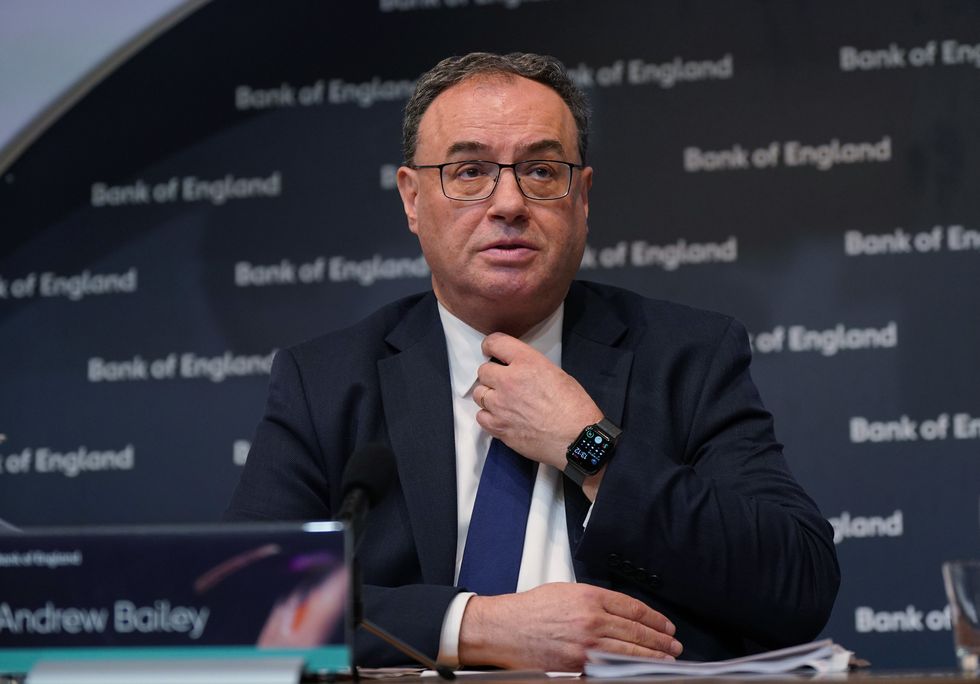
All eyes on Bank of England Governor Andrew Bailey
| PAExpectations are also reflected in swap rates, which are essentially an exchange between two banks of future fixed interest payments with another set of variable ones, based on a set price.
With inflation proving more persistent than expected, swap rates have edged up recently.
A spokesman for the savings website, Savings Guru, said: “We're living in unusual times with the best one-year rate currently priced above the best five-year.
“The reason one-year rates are so high is that it reflects that swap rates, which have hit 4.72 per cent for one-year.
“This means the market is expecting base rate to peak in the next year and then fall back, which is why longer term swap rates are below 4 per cent.
“Currently, we're not expecting it to go higher than this so our view is that savers might get a basis point or two more on one-year but longer term fixed rates have almost certainly peaked.”
The hike in interest rates is set to cause mortgage payments to rise by hundreds of pounds.







